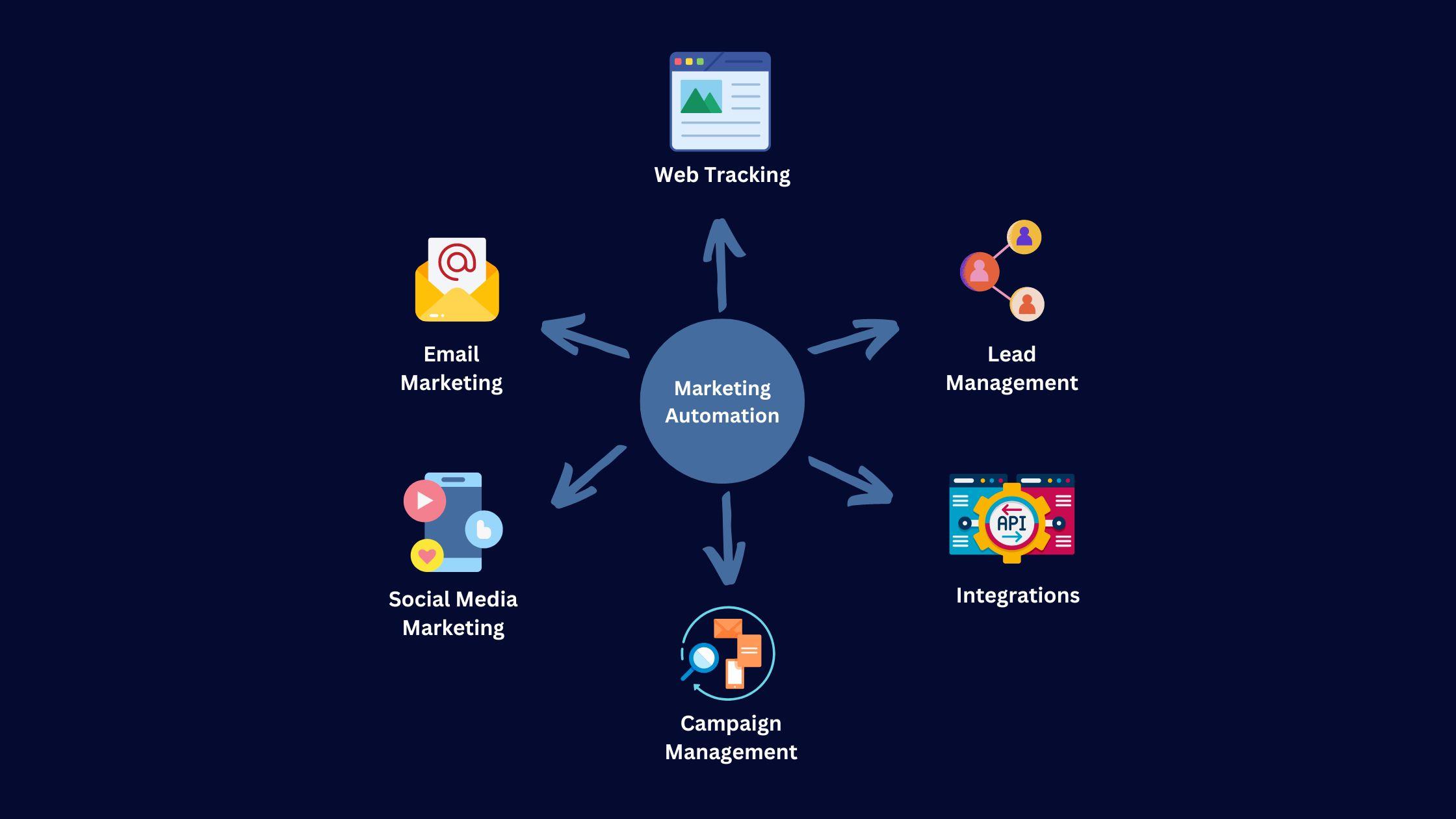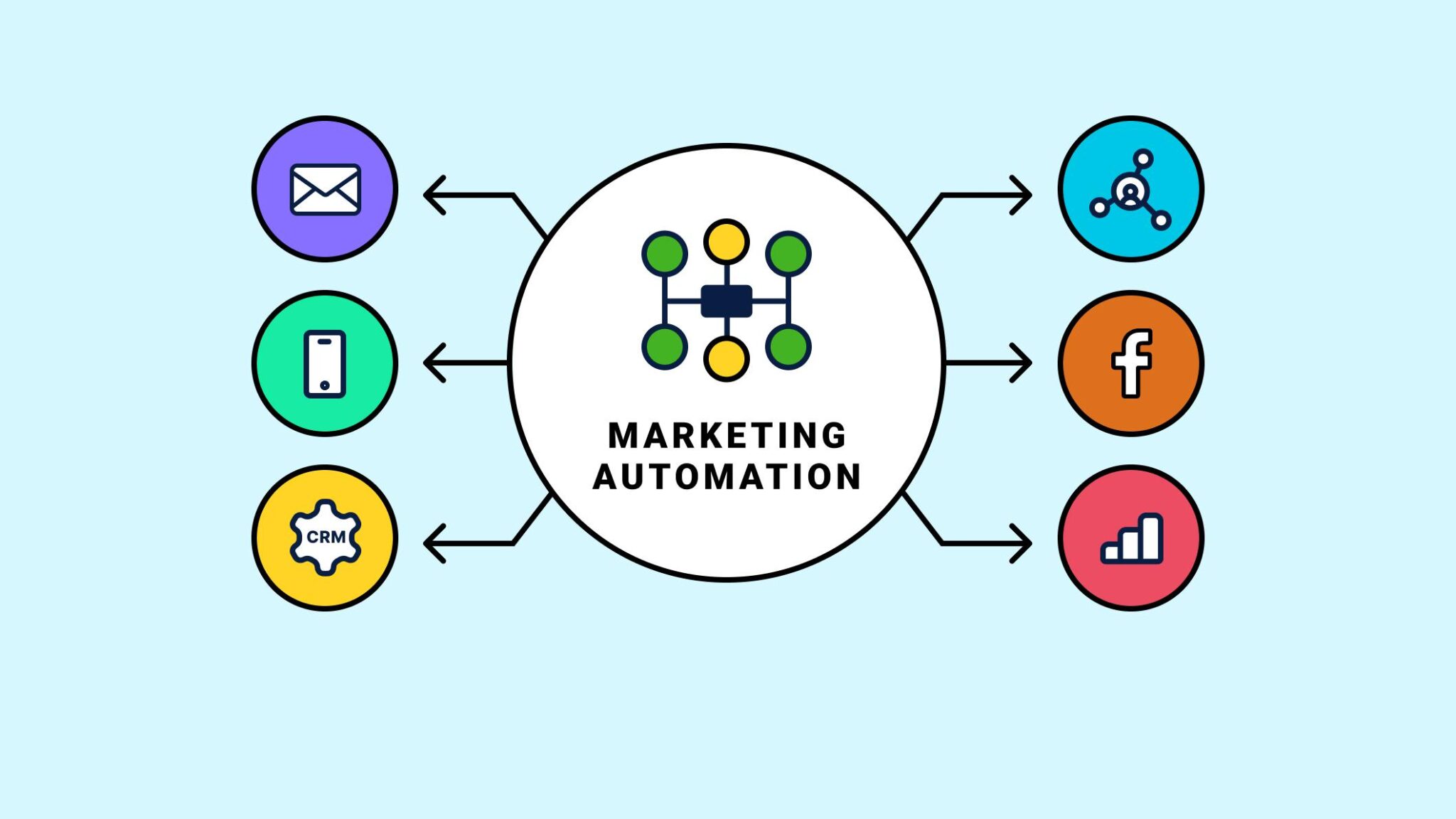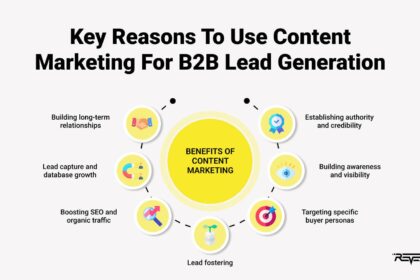In today’s fast-paced digital landscape, where consumer attention is more fragmented than ever, the ability to engage with your audience effectively is paramount. Enter marketing automation—a powerful ally for businesses striving to streamline their efforts and amplify their outreach. “Mastering Marketing Automation: A Strategic Guide for Success” delves into the fundamental principles of this transformative tool, offering insights that go beyond mere functionality. Whether you’re a seasoned marketer seeking to refine your approach or a novice eager to navigate this dynamic territory, our guide will equip you with the strategies and best practices needed to harness the full potential of automation. Join us as we explore the intricate interplay of technology and creativity, helping you craft personalized experiences that resonate with your customers and drive measurable results.
Understanding the Foundations of Marketing Automation
To excel in marketing automation, one must first grasp its foundational elements. At its core, marketing automation is the utilization of technology to execute and streamline marketing tasks and workflows, enabling businesses to foster relationships with their audience more efficiently. The key components that contribute to a robust marketing automation strategy include:
- Segmentation: Dividing your audience into distinct groups based on specific criteria such as demographics, behavior, and preferences.
- Personalization: Creating tailored content that resonates with individual user needs and interests to enhance engagement.
- Lead Scoring: Assigning values to leads based on their interactions, aiding in prioritizing prospects that are more likely to convert.
- Analytics: Measuring and analyzing data to evaluate the effectiveness of campaigns and identify areas for improvement.
The integration of these components allows businesses to automate repetitive tasks, saving valuable time and resources. A well-structured marketing automation platform can significantly enhance customer interactions and optimize conversion strategies. To illustrate the impact of these foundations, consider the following table highlighting the benefits of embracing marketing automation:
| Feature | Benefit |
|---|---|
| Automated Email Campaigns | Increased efficiency and timely communication |
| Consistent Follow-Ups | Improved customer retention and loyalty |
| Real-Time Data Tracking | Enhanced decision-making based on customer behavior |

Crafting a Data-Driven Strategy for Targeted Campaigns
To develop a robust framework that fuels your targeted campaigns, initiating a detailed analysis of your existing data is crucial. This entails not only gathering information from diverse sources but also scrutinizing customer behavior, preferences, and demographics. The insights drawn will serve as the foundation for your strategy. Consider leveraging advanced analytics tools to pinpoint trends and patterns. Key aspects to focus on include:
- Segmentation: Classify your audience based on their interactions with your brand.
- Behavior Tracking: Monitor user activities across different touchpoints to identify engagement levels.
- Predictive Analytics: Utilize algorithms to forecast future customer behavior and preferences.
Once the data is analyzed, translating these insights into actionable strategies will enhance campaign relevance and effectiveness. Develop personalized content tailored to the specific interests of each segment, increasing the likelihood of conversion. Organizing this information in a structured manner can further streamline your approach. For instance, you can visualize your target segments and associated campaign strategies in a simple table:
| Target Segment | Campaign Strategy |
|---|---|
| New Customers | Welcome Email Series |
| Returning Customers | Exclusive Offers |
| High-Value Customers | Loyalty Program Promotion |

Implementing Tools and Technologies for Seamless Integration
In today’s digital landscape, blending various tools and technologies is crucial for creating a streamlined marketing automation system. One of the first steps is identifying the right platforms that align with your marketing objectives. Consider integrating customer relationship management (CRM) systems with your email marketing software to enable personalized communication. Additionally, leveraging analytics tools can provide insights into customer behaviors, helping refine your strategies for maximum engagement. Highlighted below are key integrations that can enhance your marketing automation efforts:
- CRM Integration: Connect your CRM with email marketing platforms for better lead management.
- Social Media Tools: Use scheduling tools to automate posts and monitor engagement in real-time.
- Analytics Software: Implement tools like Google Analytics to track user interactions and campaign performance.
Moreover, adopting a centralized dashboard can unify these tools, offering a clear view of your marketing ecosystem. It simplifies monitoring and ensures that data flows seamlessly across all platforms. Keep in mind to prioritize compatibility when selecting tools, as this will mitigate data silos and enhance cross-functional collaboration. Below is a simple table showcasing popular marketing tools and their primary functions:
| Tool | Function |
|---|---|
| HubSpot | All-in-one marketing, sales, and service |
| Mailchimp | Email marketing and automation |
| Hootsuite | Social media management |
| Google Analytics | Website traffic analysis |

Measuring Success: Key Metrics and Continuous Optimization
Understanding the effectiveness of your marketing automation efforts is crucial for long-term success. By tracking key metrics, you can gain insights into customer behavior, campaign performance, and overall business growth. Focus on measurable outcomes such as:
- Conversion Rates – The percentage of users who complete desired actions.
- Open and Click-Through Rates (CTR) – Engagement levels for email campaigns.
- Customer Lifetime Value (CLV) – The total revenue expected from a customer throughout their engagement.
- Return on Investment (ROI) – A measure of the profitability of your marketing automation efforts.
Continuous optimization is essential once you’ve established these metrics. Regularly review your data to identify trends, patterns, and opportunities for improvement. Implement A/B testing to refine messaging and content types, ensuring you are delivering the most resonant material. A sample optimization plan may include:
| Metric | Current Value | Target Value | Action Plan |
|---|---|---|---|
| Conversion Rate | 2.5% | 4% | Test new landing pages |
| Email CTR | 12% | 20% | Revamp subject lines |
| Customer Retention | 75% | 85% | Implement loyalty programs |
To Wrap It Up
mastering marketing automation is not just about acquiring the right tools; it’s about weaving a strategic tapestry that connects your brand with its audience on a deeper level. As we journey through the complexities of digital engagement, let us remember that the heart of successful automation lies in understanding your customers—their needs, preferences, and behaviors. By embracing data-driven decisions and crafting personalized experiences, you can transform your marketing efforts from mere transactions into meaningful interactions.
As you embark on your own automation journey, equip yourself with knowledge, adapt to evolving technologies, and remain agile in your approach. The path may be filled with challenges, but the rewards of enhanced efficiency, targeted outreach, and ultimately, greater customer loyalty are well worth the effort. So, harness the power of marketing automation, and set forth with confidence; your strategic guide to success is not just a series of automated tasks, but a blueprint for lasting impact in a dynamic marketplace. Your story of transformation starts now—embrace it with open arms and watch as your brand flourishes in the age of automation.



